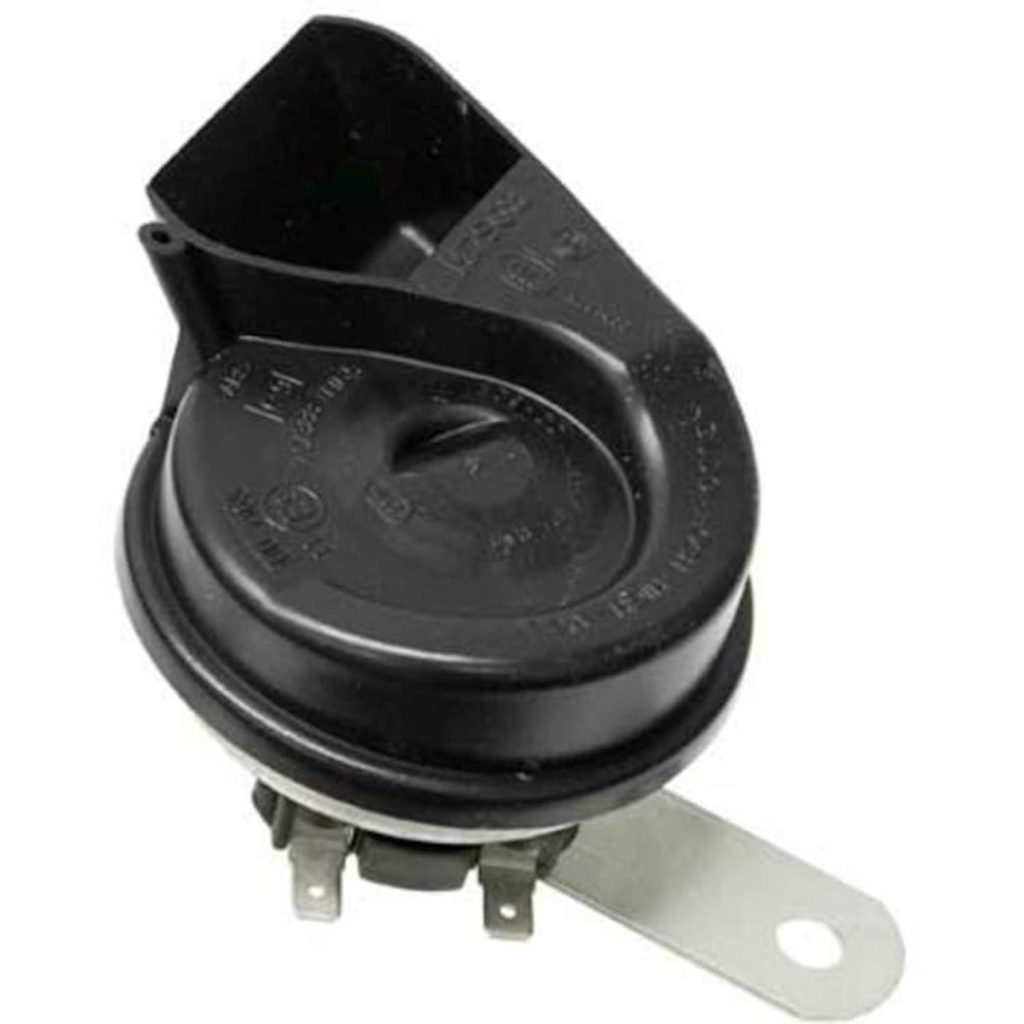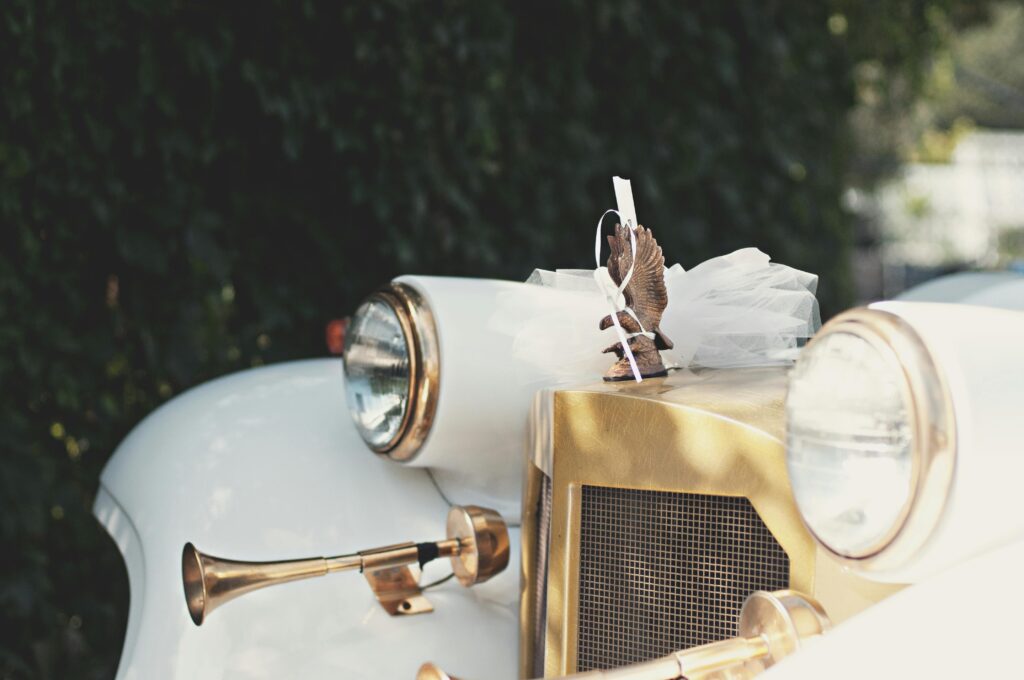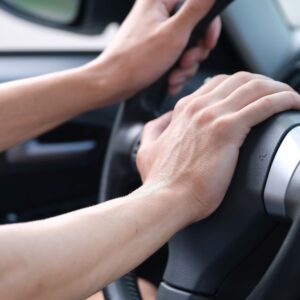What Do Car Horns Look Like?
Car horn designs vary. The electric horn, which is the most commonly used in modern vehicles, has a round plate called a diaphragm and an electromagnet.
These components generate noise with the help of a spring, which pulls the diaphragm in the opposite direction of the electromagnet. The diaphragm is attached to contact points that repeatedly interrupt the current provided by the electromagnet. This opens and closes the circuit hundreds of times per second, creating a loud buzzing noise, which is then amplified.
Types of Car Horns
Car horns vary depending on a vehicle’s make and model. Most have distinct sounds, and their shape and size affect their volume. Some horns, such as train horns, need to be installed as aftermarket accessories.
Here are some common types of car horns:
Electric Car Horns
Most modern vehicles are equipped with electric car horns, which are installed in or around the front of the engine compartment. These horns use an electric circuit that’s powered by the vehicle’s battery or alternator to create sound.

Disc Horns
These compact horns are commonly installed in small sedans and hatchbacks. They’re similar to electric horns but smaller. Disc horns use vibrations created by an electromagnet and a metal disc to create a loud buzzing noise.

Air Horns
If a vehicle doesn’t have an electric horn, it likely has an air horn. Typically made of plastic or metal, air horns look like trumpets, as their end flares out. They use compressed air to create loud sounds. Buses, trucks, and other large vehicles often have air horns.


Train Horns
Though train horns seldom come factory-equipped, they’re a popular aftermarket accessory because of their volume. Train horns are the largest and loudest type of car horn. They look like multiple air horns bundled together, which amplifies their sound.

What Are the Parts of a Car Horn?
Car horns are made up of numerous components, each of which plays a crucial role.
- The button or switch activates the horn.
- The bell creates a loud noise when the button is pressed.
- In electric horns, the horn receives power from the battery or alternator via electrical wiring.
- Another component is the horn relay, which ensures the horn gets the appropriate amount of energy to work. The horn won’t work if there’s not enough energy. If there’s too much, the horn could short-circuit and require repair.
Any information provided on this Website is for informational purposes only and is not intended to replace consultation with a professional mechanic. The accuracy and timeliness of the information may change from the time of publication.































